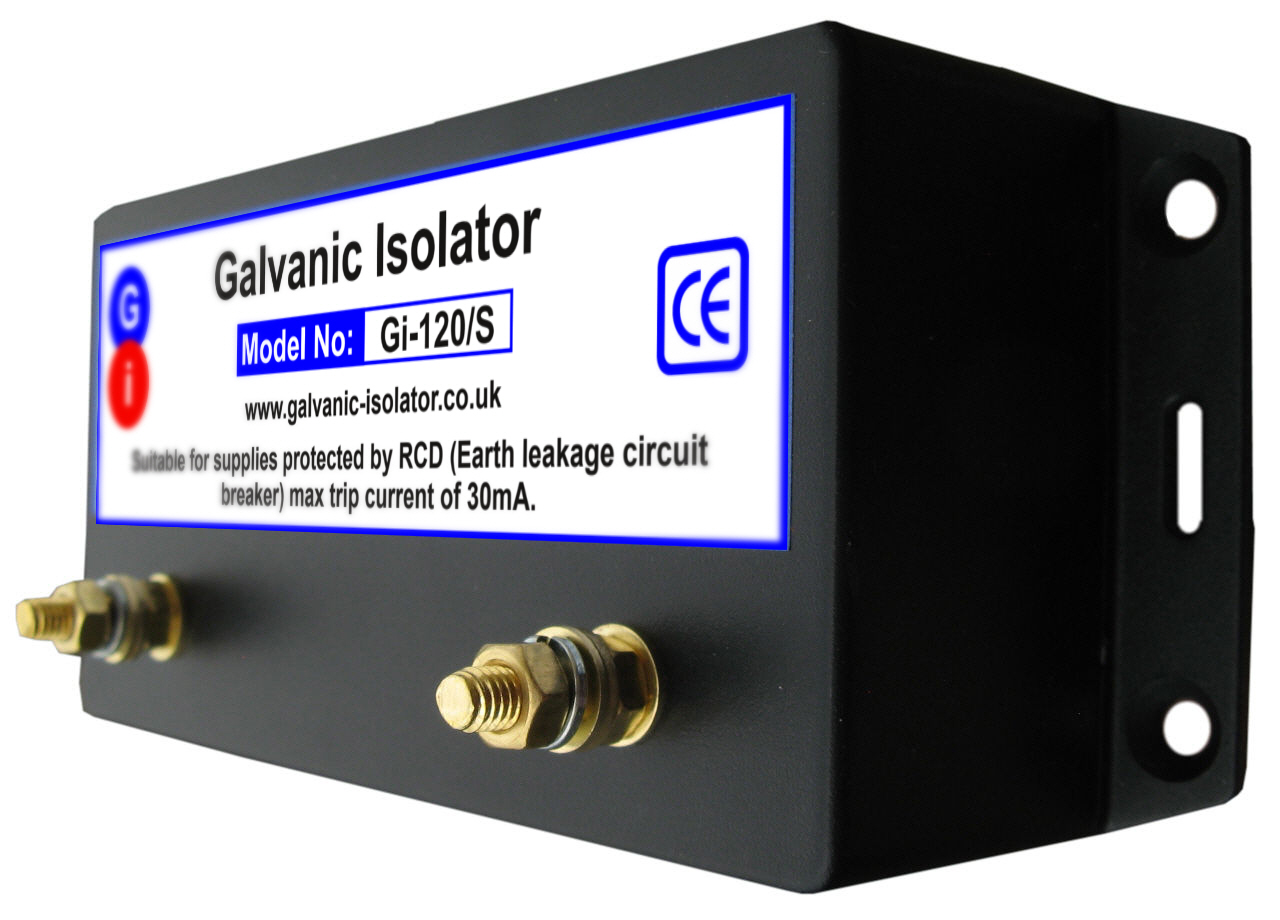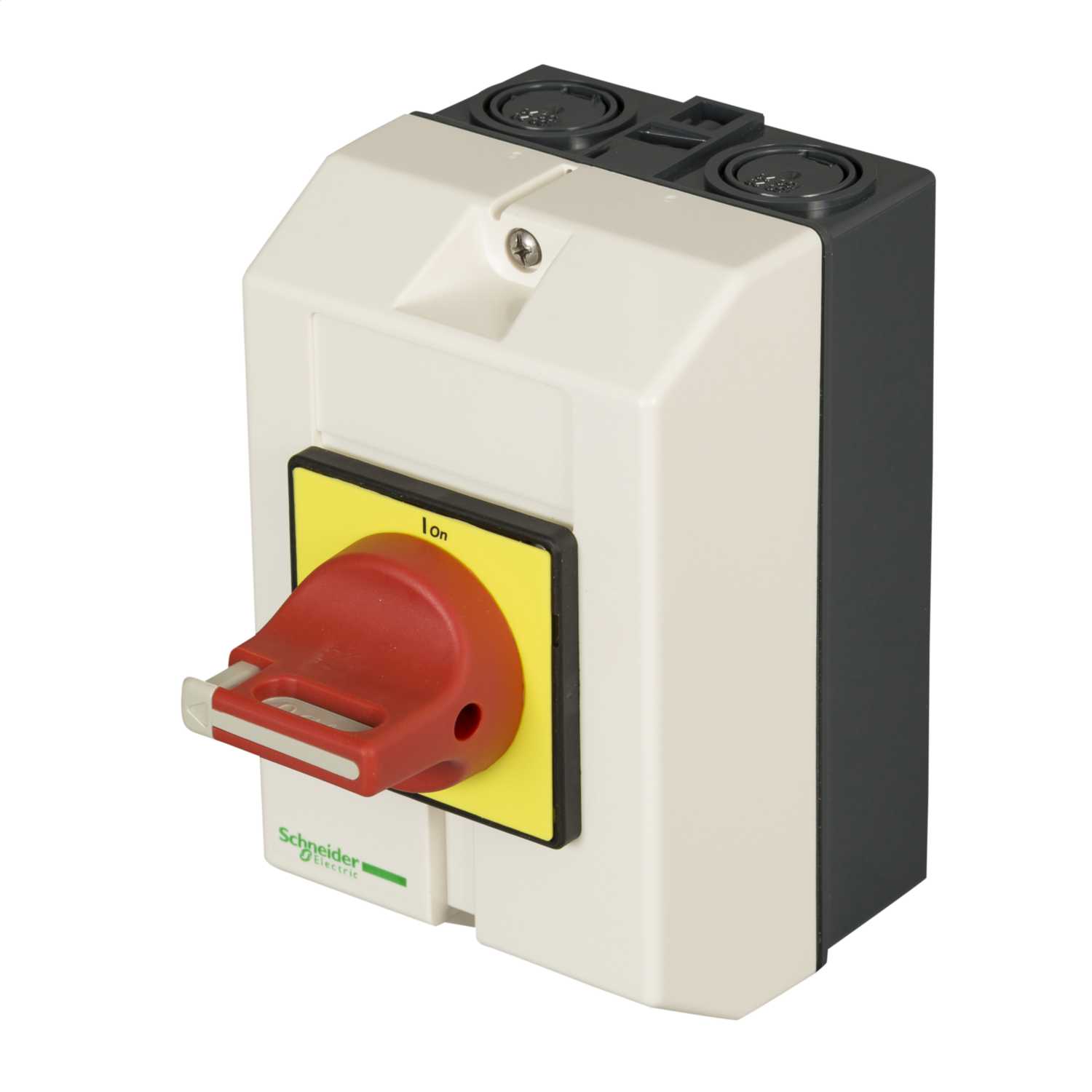


This validation shows that the APP method is accurate and robust for different flow regimes, transducer configurations, and model geometries. We demonstrate the efficacy of the APP method using simulations and experimental data from direct-connect isolator models.

It produces accurate estimates when the STLE location is 1) not bounded by two or more transducers or 2) between two transducers that are several isolator duct heights apart. The APP method works well in situations with sparse transducer placement. Instead, it uses real-time pressure measurements from a small number of transducers to adaptively learn the isolator pressure profile and subsequently uses this deduced profile to estimate the STLE location in a data-driven manner. This method does not require extensive prior characterization of the isolator or engine model. To address these issues, we introduce the adaptive pressure profile (APP) method for estimating the STLE location. Typically, the STLE location is determined using wall static-pressure measurements, but there are often restrictions on the placement and overall number of the pressure transducers, reducing the viability and accuracy of such approaches. Real-time detection and control of the isolator shock-train leading edge (STLE) is important to the performance of high-speed air-breathing engines, such as dual-mode scramjets.


 0 kommentar(er)
0 kommentar(er)
